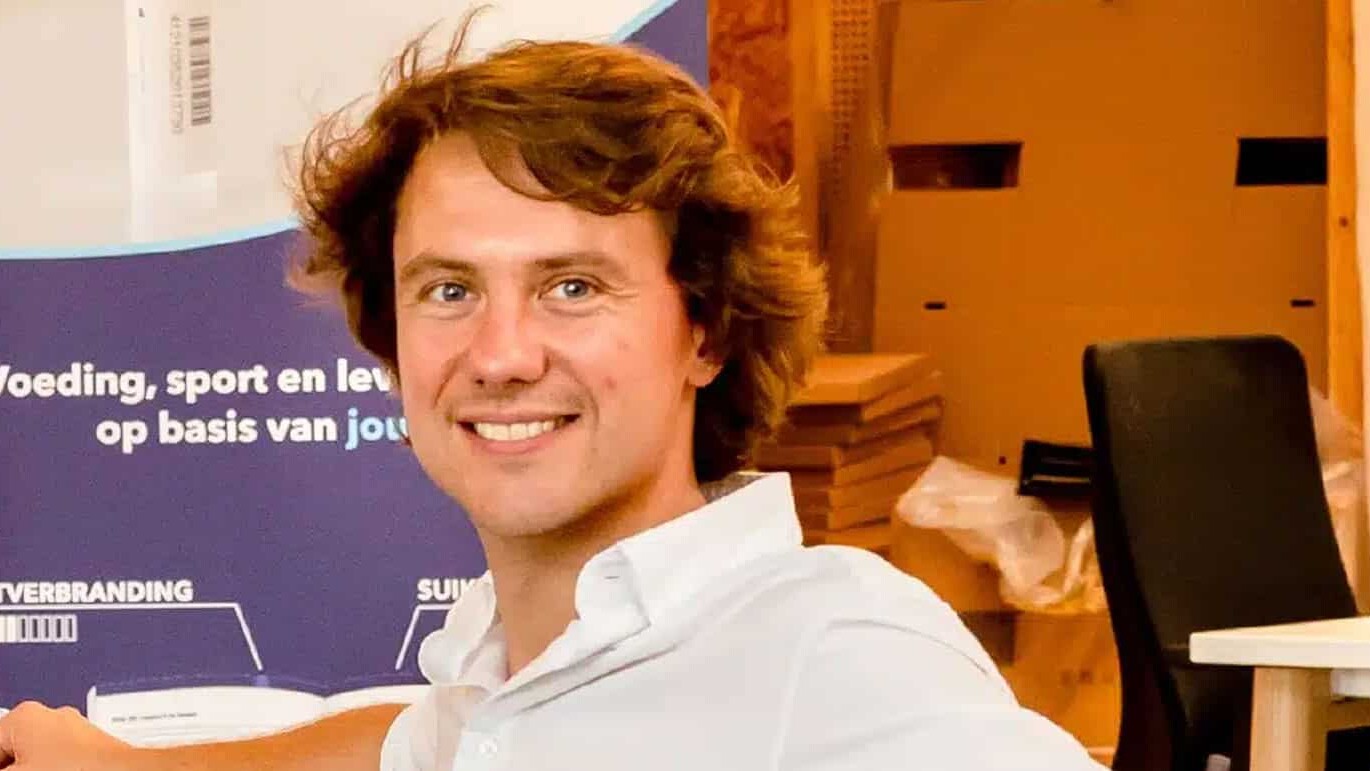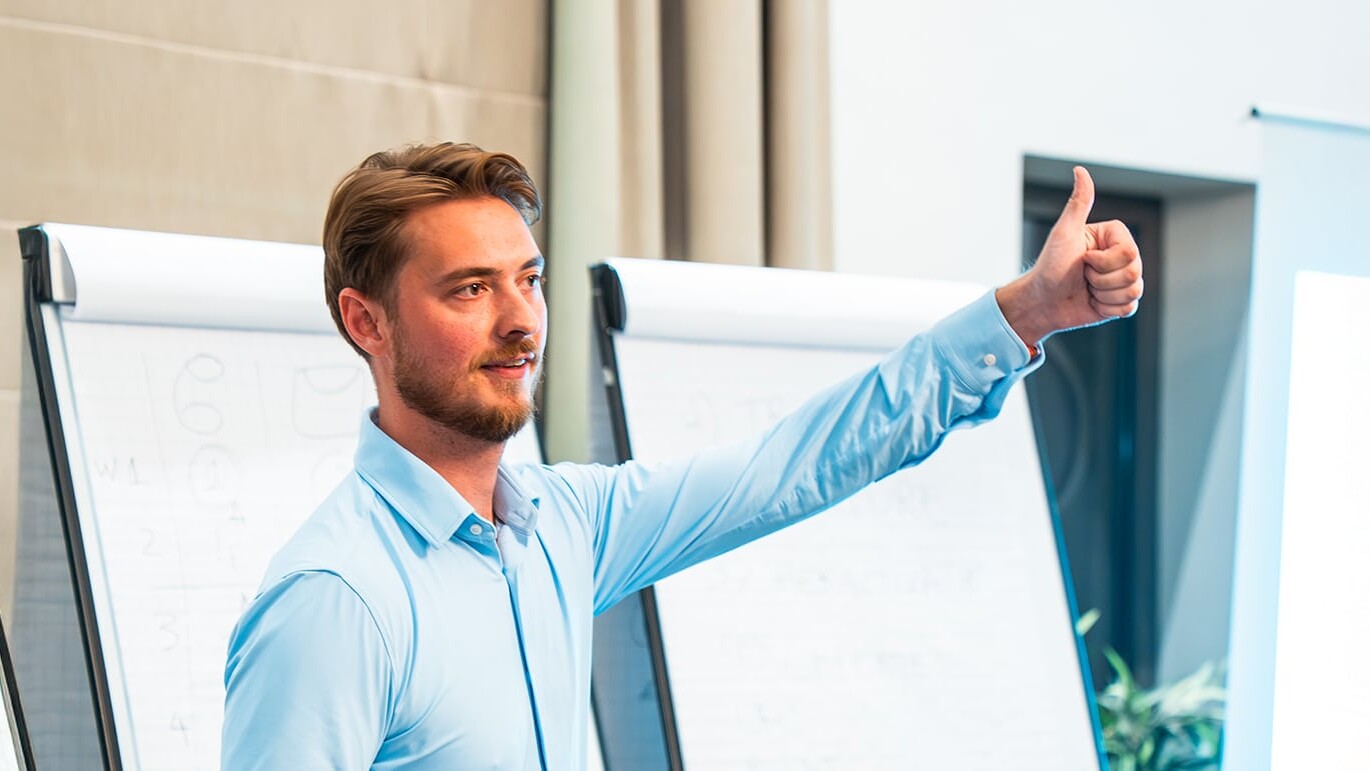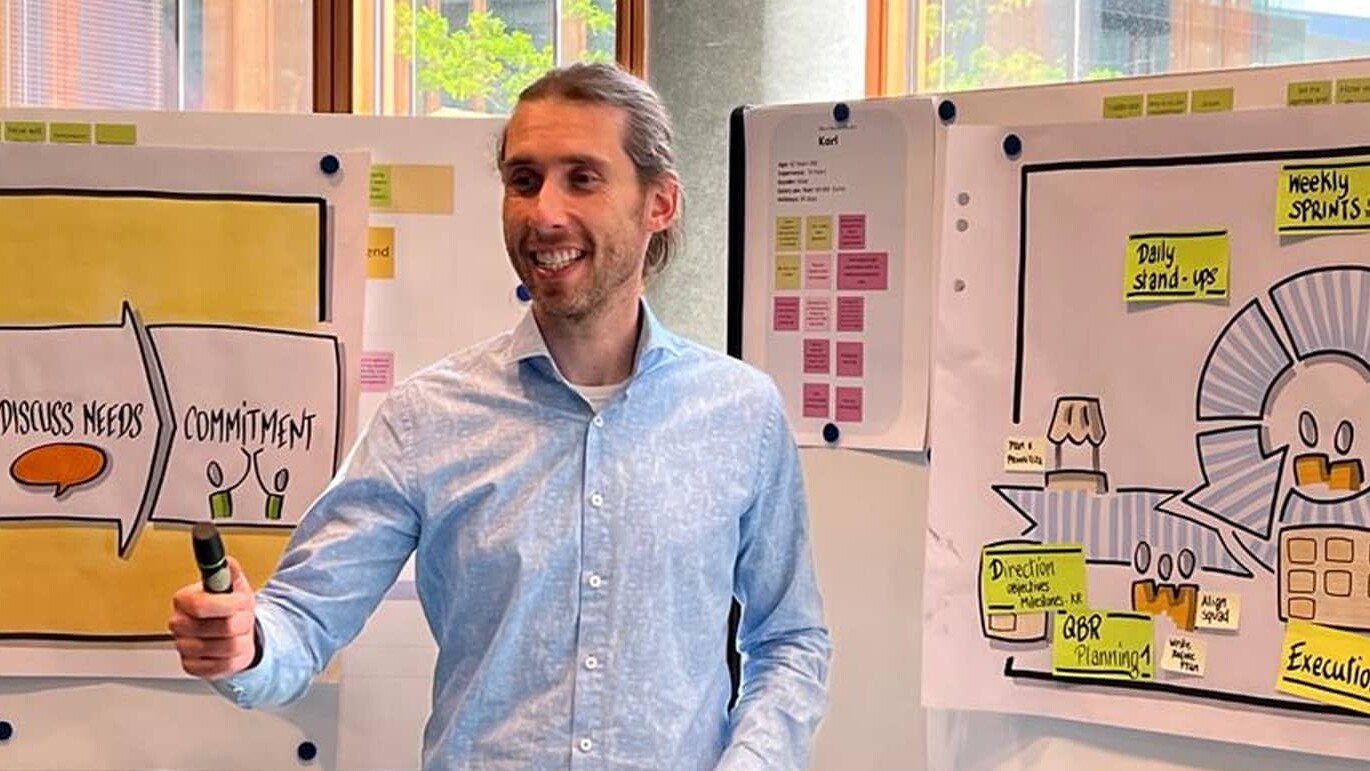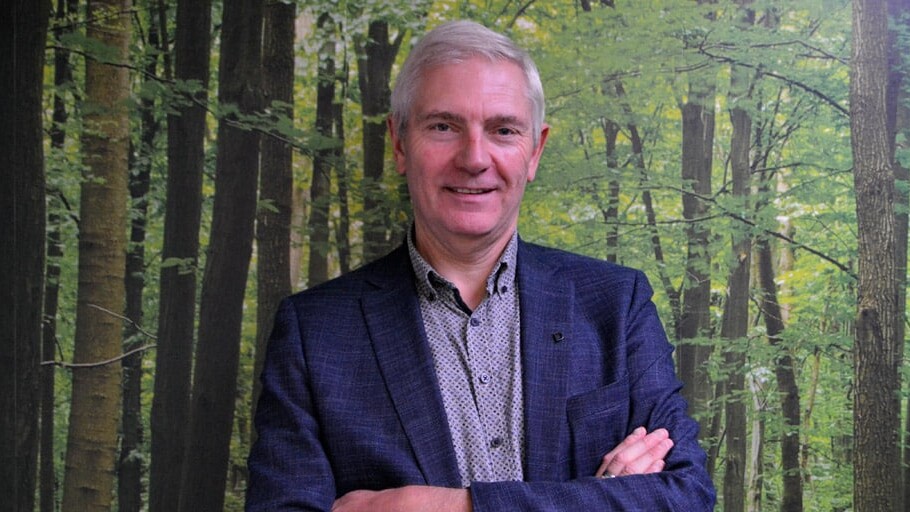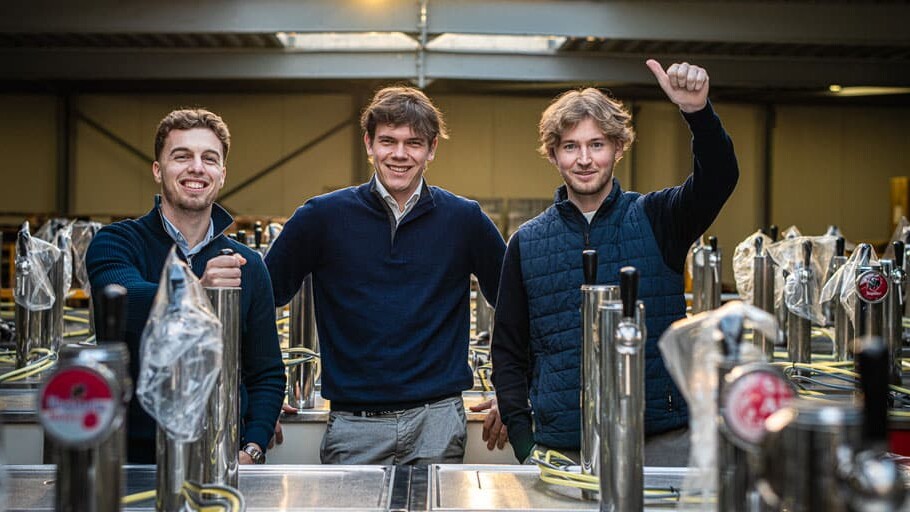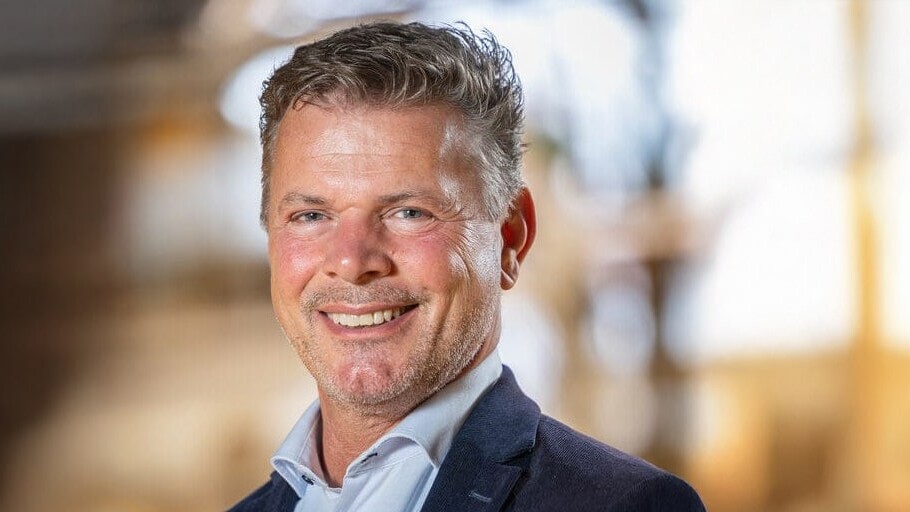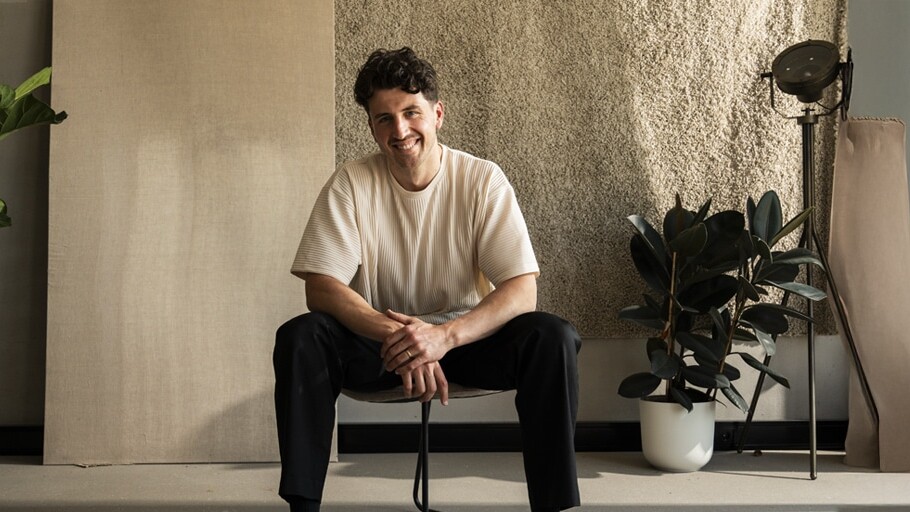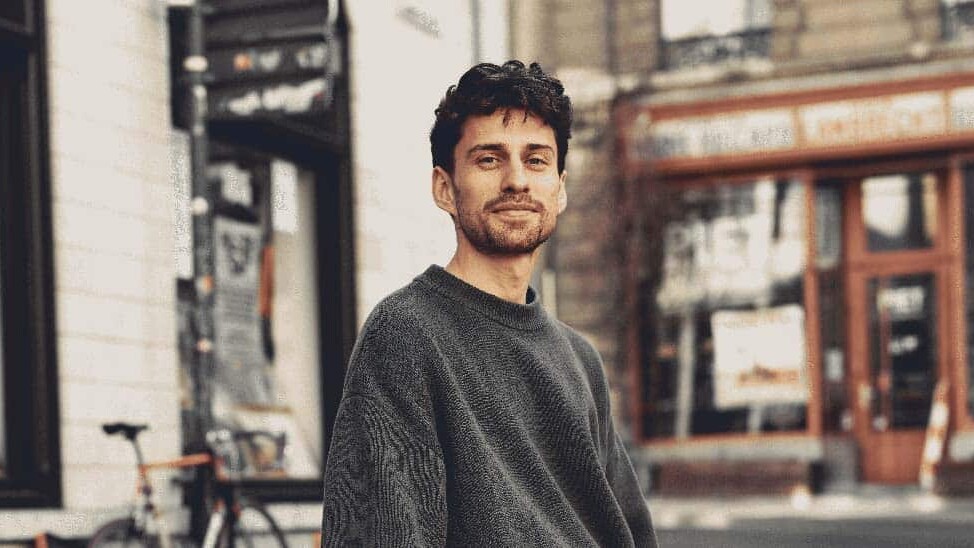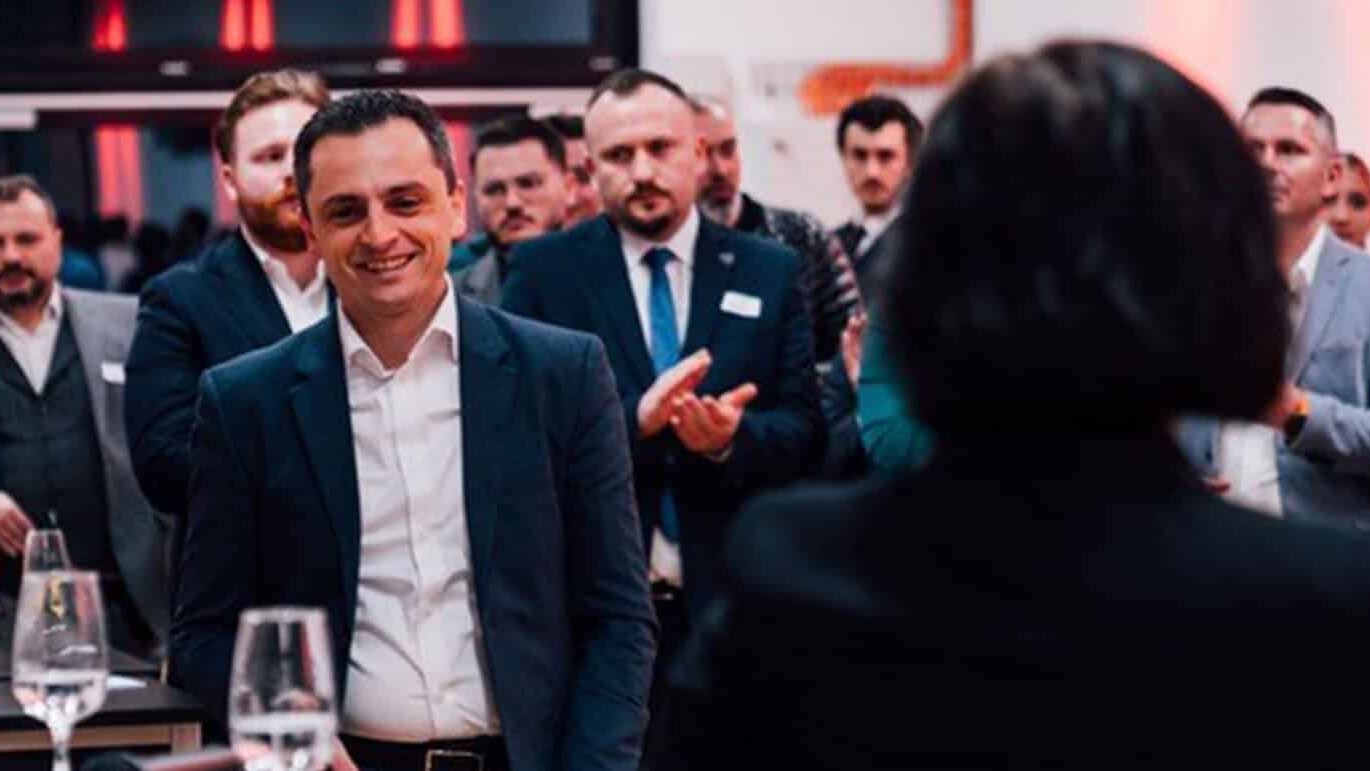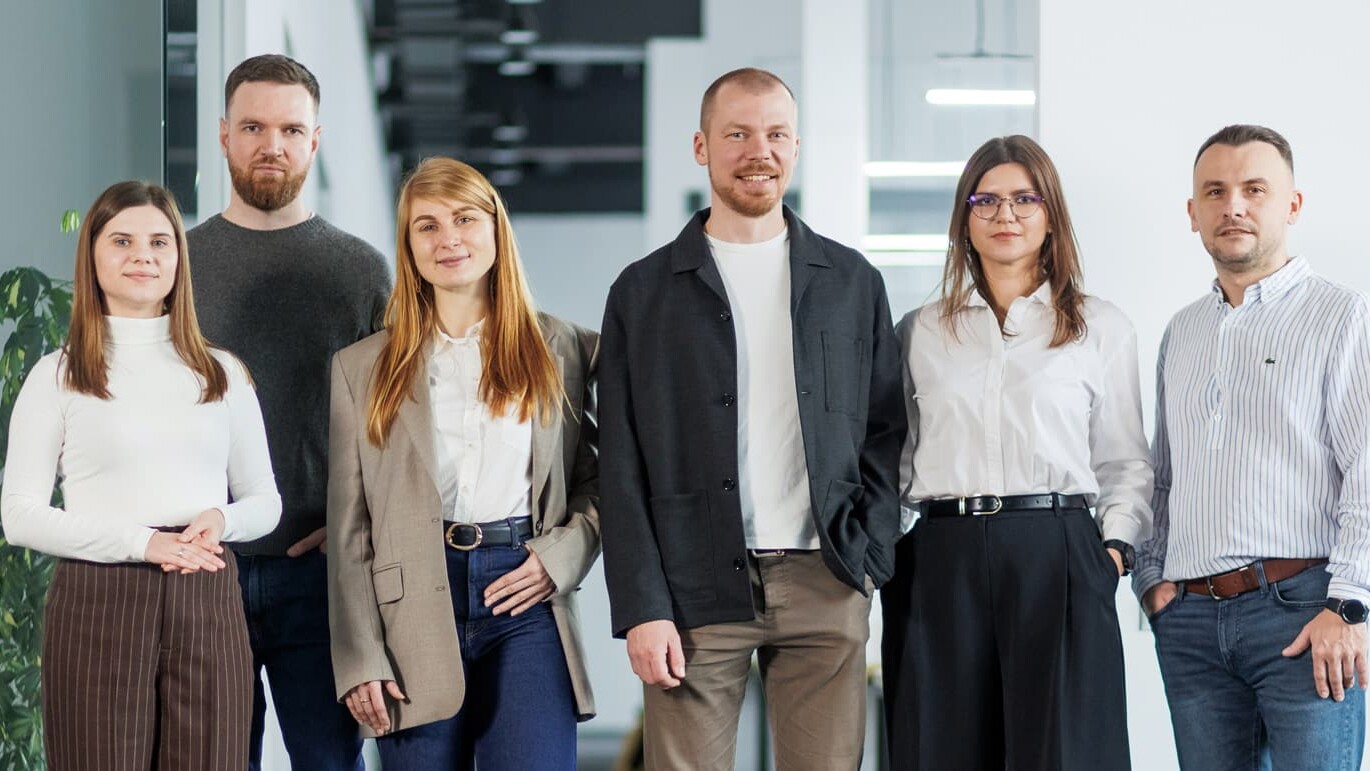| Logbook of a Copilot |
Valuable navigation points for your commercial journey
Welcome to Add Business’ logbook. Here we share our insights, experiences and strategies gained on countless flights with entrepreneurs and business leaders. Each article is a navigation point that can help you set your course, avoid turbulence, and reach new heights in your commercial journey. Whether you are struggling with customer focus, leadership, or looking for innovative sales methods, our blogs offer practical tips and in-depth analysis to support you. Dive into our articles and discover how to steer your business to sustainable success.
